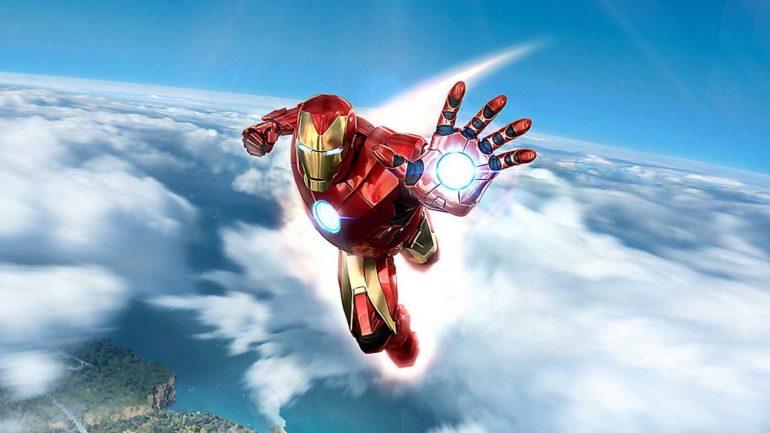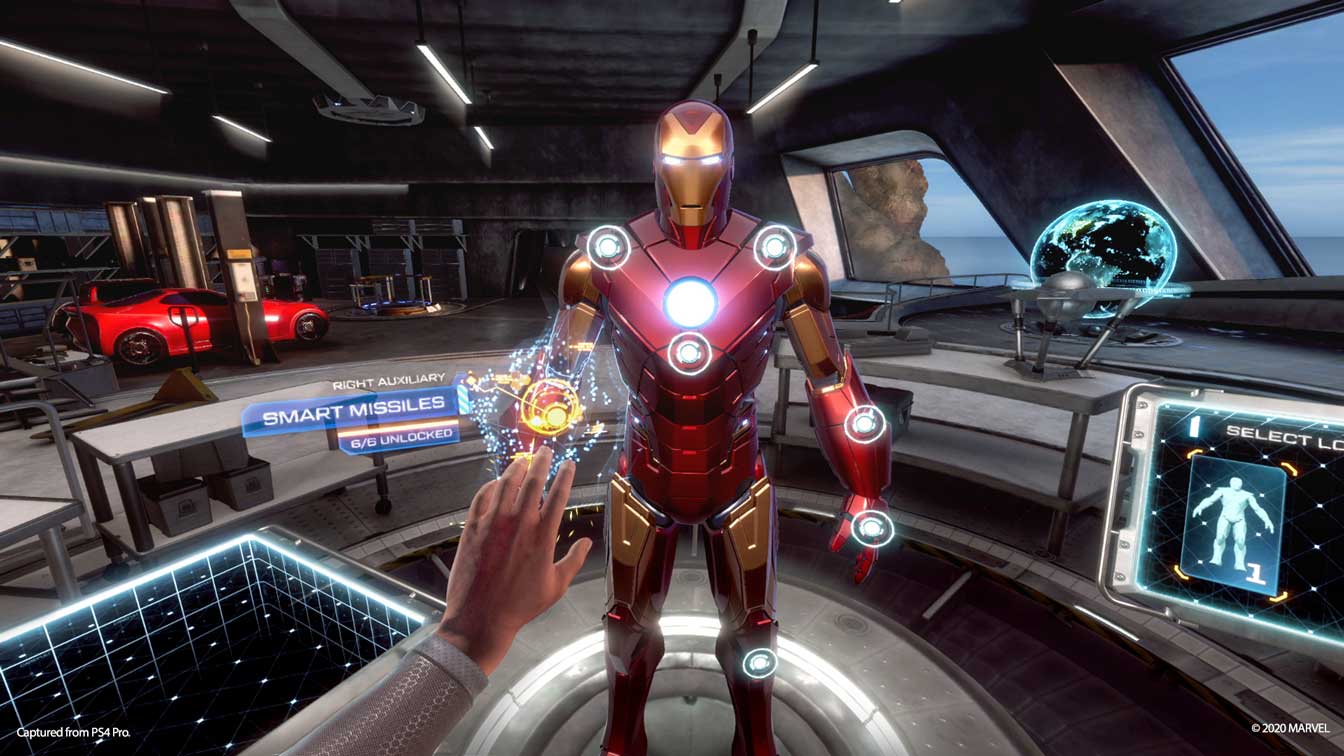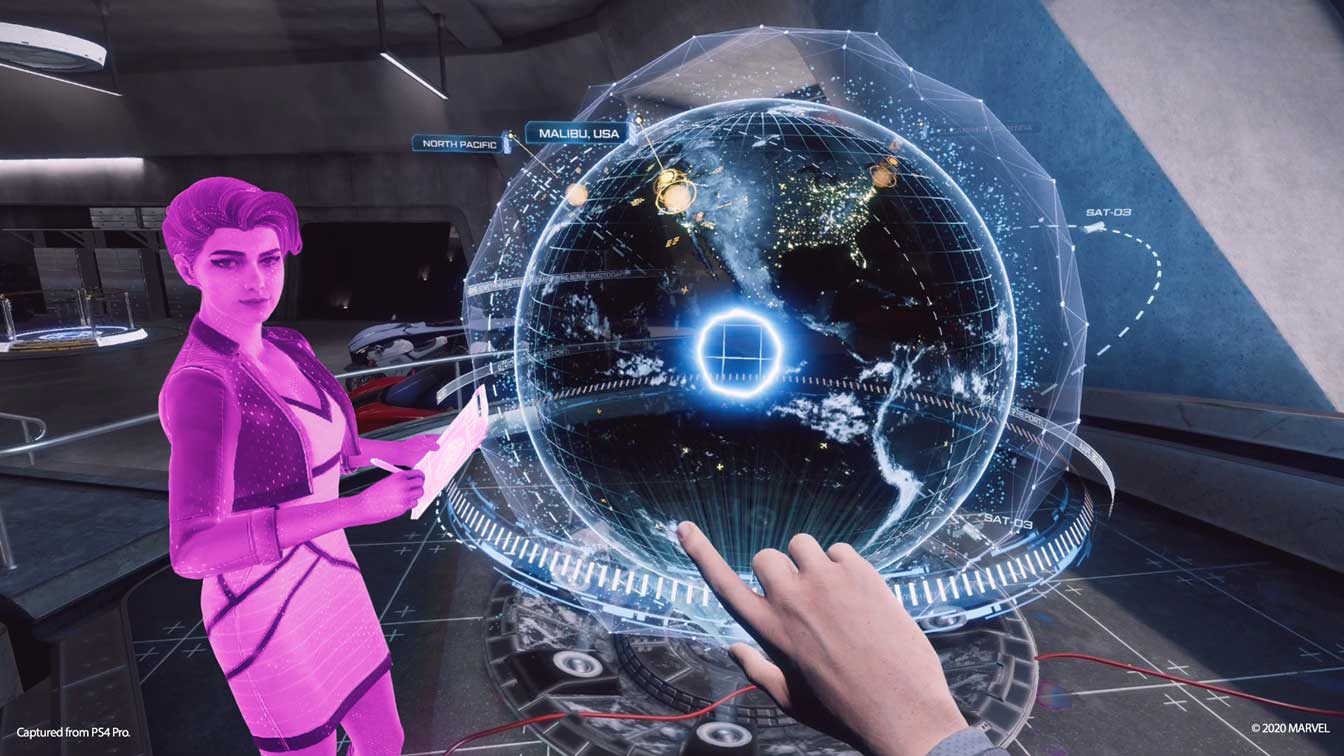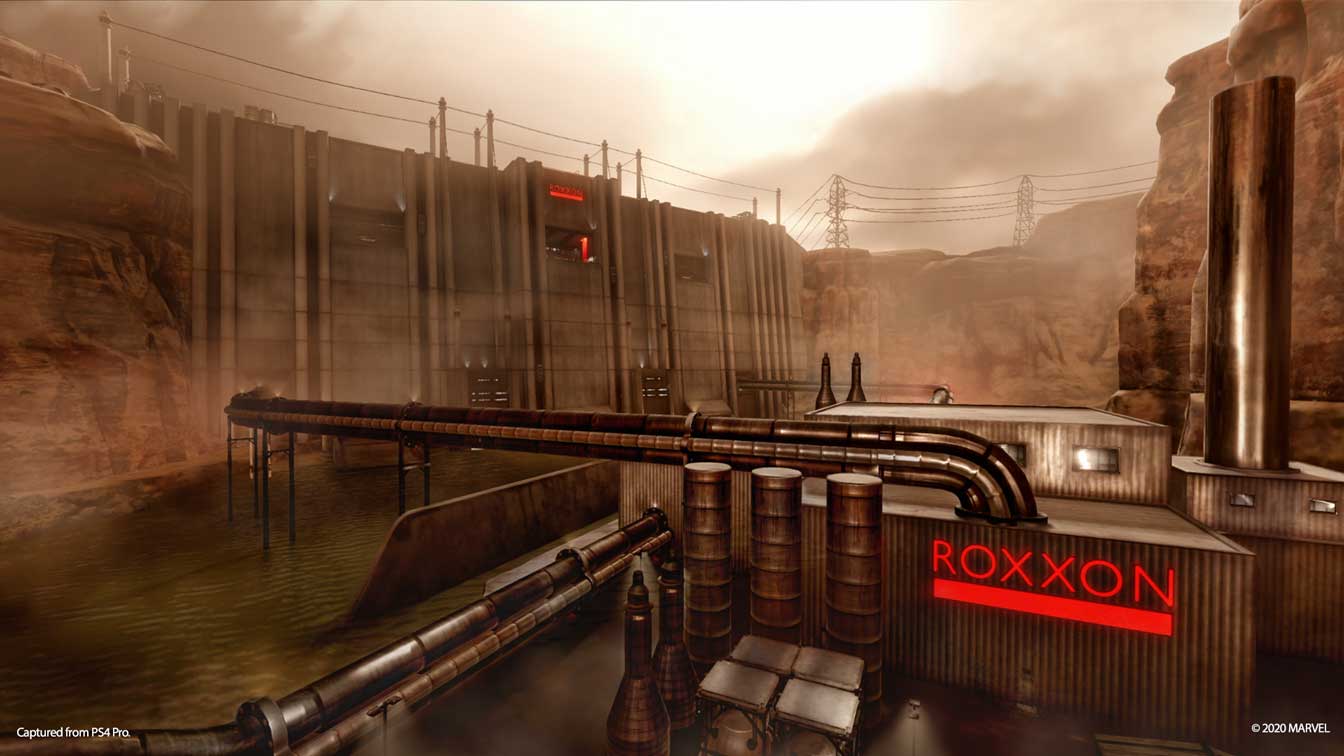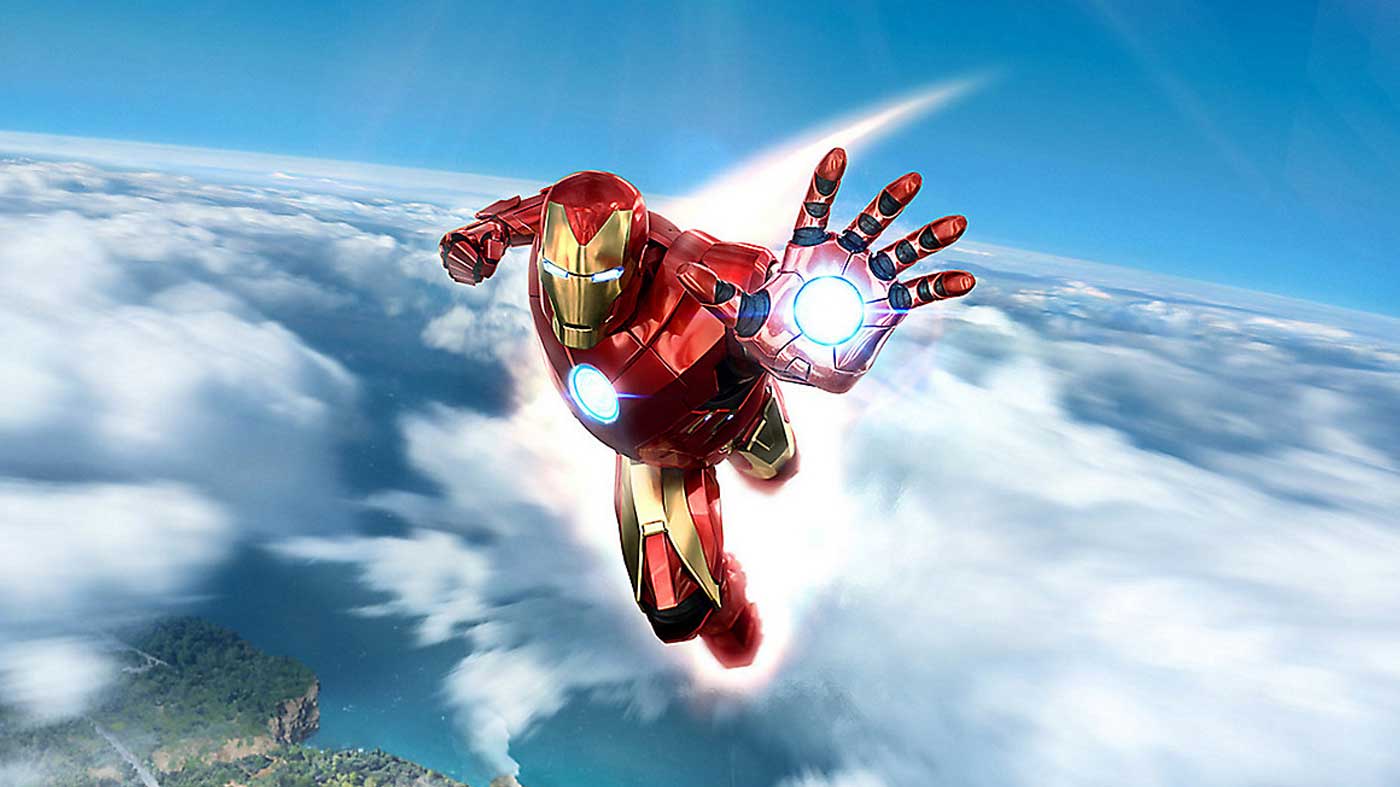“I am Iron Man.”
It’s the iconic quote that bookended Robert Downey Jr’s tenure within Marvel’s Infinity Saga, catapulting him back into stardom as the eccentric billionaire arms dealer, tinkerer and superhero Tony Stark. Camouflaj has adapted the essence of that quote into videogame form, inadvertently creating an experience that is true to the parts that make up Iron Man. It’s dressed up to the nines, mostly looking the part but, like the titular tin-man, is exposed as sadly flawed with conflicts raging beneath the surface.
Iron Man VR is a blockbuster taste of what it’s like to be Tony Stark, much like Arkham VR let us don Batman’s infamous cowl. Unlike the few hours spent in Gotham, this globetrotting campaign falls short of realising its full ambition, despite managing to tell a tremendous story about Stark’s duality and his having to deal with the man he was versus the man he wants to be. Ghost torments Iron Man throughout, a monument to his history of arming wars and dealing death without conscience.
Much like Hannah John-Kamen’s portrayal in Ant-Man and the Wasp, this particular iteration of Ghost is a woman and, throughout the game’s twelve levels, is a complicated and empathetic villain. After Pepper is hospitalised early-game courtesy of a spectacular assault on Stark’s private jet, Stark awakens the dormant A.I.
Gunsmith, a dangerous and weaponised program modelled on Stark’s early-self before he unlocked his humanity. The ensuing rivalry between Gunsmith and F.R.I.D.A.Y, who materialises as a hologram in this game, speaks to the core conflict at the heart of this game, the two sides of Tony Stark warring against each other with Gunsmith standing for the cocksure, trigger-happy Stark of old while F.R.I.D.A.Y’s kindness exists as proof of Tony’s heart.
As great as the story and the game’s overall presentation is for the most part, the core experience manages to be both exhilarating and lacklustre all at once. From the moment the digital heads-up appears in view and the faceplate illuminates, it becomes a surreal experience and Camouflaj’s meticulously crafted experience makes you feel like Iron Man. As someone who never developed sea-legs in games like Driveclub and WipeOut, I experienced no discomfort at all.
Flying can be insanely fun and mastering Iron Man’s repulsors and auxiliary arms is a worthwhile challenge, though there are a lot of inaccuracies and shortcomings that come with the game being built for PlayStation VR. Having to navigate the game’s open space while constantly hopping from weapon-to-weapon is made such a painful trial thanks to the long-outdated Move controllers and archaic tracking.
The game’s most egregious technical pitfall is its loading times, which are both long and plentiful. The pre-level loads can clock in up to a minute, while there are other shorter loads that slot in between scenes, stealing any sense of immersion and slicing through any earned tension like a knife through butter.
As mentioned, the game’s campaign is a respectable twelve chapters. This puts the runtime at somewhere near eight hours which is certainly longer than I had expected, though it’s hard to miss some of the shortcuts taken to pad the experience out. This doesn’t apply to at least part of the endgame, but the team recycle the game’s handful of playspaces and force it to make sense within the narrative as a means to have the player backtrack. There’s no lustre at all in returning to these areas, especially Shanghai which is the most barren and bare of the lot. Not of this is aided by the fact that the combat loop persists of entirely shooting down repurposed, hijacked Stark Industries drones.
Of course, this is again justified by the game’s narrative of Stark facing down and staring his past in the face but it leads to an unsatisfying and repetitive core loop. It’s hard to maintain the thrill of being Iron Man when repetition tries to mar the experience at every turn.
Honestly, the best parts of the game quickly became the quieter moments inside Tony’s garage. There isn’t an exhaustive skill tree that comes with customising the suit, though spending hard-earned research points on extra armaments and perks to help Tony along is still vital at pressing through the game’s more challenging battles. Of course, the biggest thrill is giving the suit a fresh coat of paint and it’s hard to go past the Iron Patriot skin. Other than tinkering, researching the defected drones or scouring the globe for new objectives, Tony’s other refuge is his upstairs gym where players can curl barbells, do chin-ups and shoot hoops. It’s a surprisingly cathartic aside to the game’s imperfect core loop.
If someone hears the name Iron Man, they’re going to think Robert Downey Jr. The actor has become synonymous with the role, dragging the tin-can wearing billionaire out of obscurity and turning it into a household name. So to hear someone else take on the role creates a disconnect at first and I think it would have been less jarring had Josh Keaton taken the role and made it his, though as an emulation of Robert Downey Jr’s delivery and cadence, he delivers a studied performance. Though the game is in first-person, we’re granted a lot of close-ups of Camouflaj’s design for Stark which, as expected, leans into the look from the films. Given the limitations of the technology, they were wise to opt for the exaggerated, cartoonish look for the cast but the game looks pretty great in motion.
Iron Man VR does stagger under the ambition of what it tries to achieve, its scope feels as though it was never within the realms of what the technology is capable of on PlayStation’s platform. I hope, down the line, we might see it resurface on another platform with better-developed kit because it could be tremendous to be Iron Man, even despite the game’s shortfalls in design.


